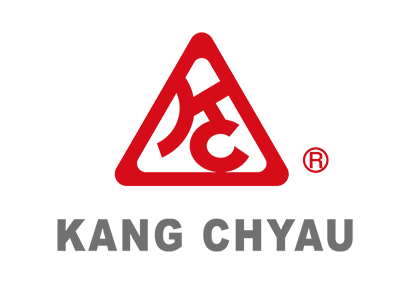Take A Look at how UMA Uses Recycled Plastic Bottles to Create an Unique Facade in Mexico
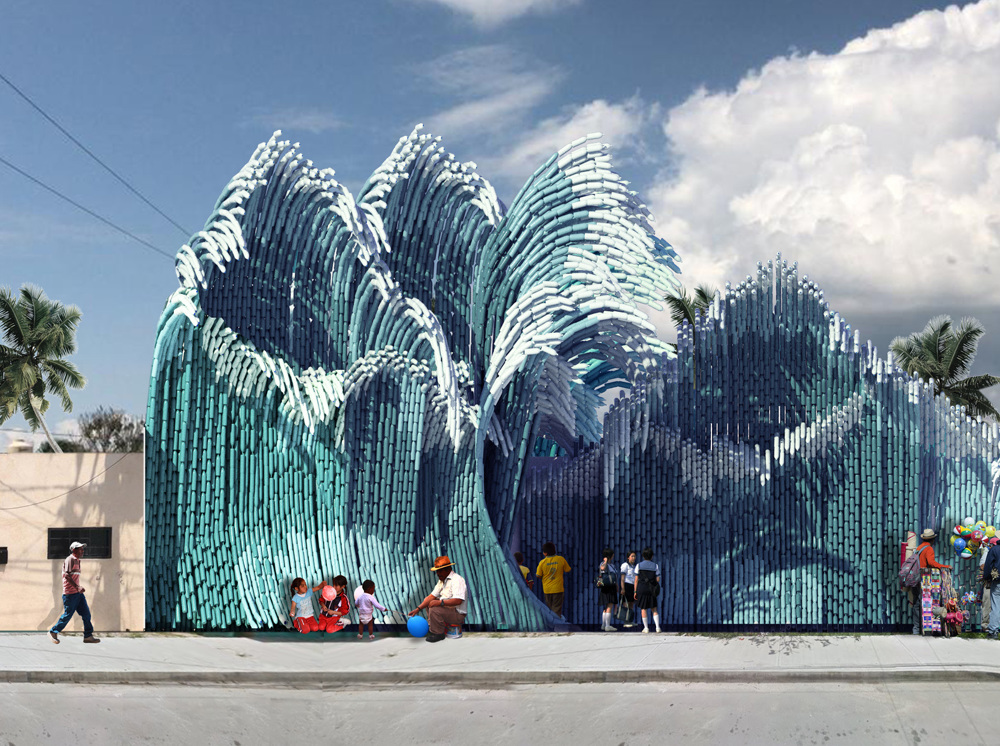
In recent years, the crisis of plastic pollution in the natural environment has significantly come to the attention of the public. The mass amount of plastic waste covered acre after acre of land fields, gradually replacing marine life from shallow beaches to the bottom of the Challenger deep. According to IAEA’s estimate, by 2050, more artificial waste, predominantly plastic waste will conquer the ocean, surpassing the number of fish in the sea.
Though this issue has raised public awareness significantly in the past decades, many of us are still far more ignorant regarding the severity of this ongoing crisis. Therefore, the ‘ulf mejergren architects (UMA), a Swedish team proposes constructing an art facade resembling ocean waves in a Mexican art school, with recycled plastic bottles as the main construction materials. They hope setting up a positive example of reusing plastic waste will introduce and inspire people to invest more in developing creative methods of recycling and reusing plastic waste.
The importance of Utilising Plastic Products
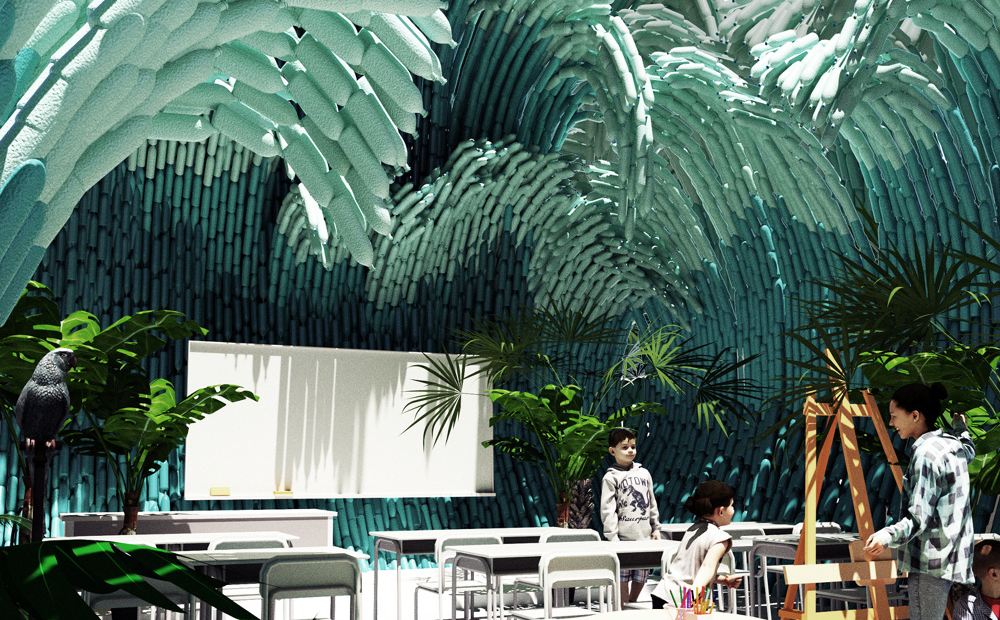
I believe the choice of utilising plastic bottles to build an ocean wave façade is an intentional decision to further alert the public that, like the ocean wave can turn into terrifying tsunamis, the threat of plastic pollution will also transform into a disaster on its own. Our systematic misuse of plastic products, taking plastics as single-use materials will cause the environment to strike back eventually. Moreover, the belief that plastic is nothing but a devourer of the world that slowly withers away our ecosystem, is a naive concept and ironically allows the real cause of the environmental crisis to slip away from the public eye. I would argue that the concept of overconsumption and disposable products are the true causes that led to the modern environmental crisis, and plastic pollution is merely the result and physical representation of these toxic concepts, merely because of plastic’s character of durability. In contrast to what extreme environmentalists would argue, plastic products can be the solution to help and save the environment. According to the American Chemistry Council, ‘plastics help us protect the environment by reducing waste, lowering greenhouse gas emissions, and saving energy at home, at work, and on the road.
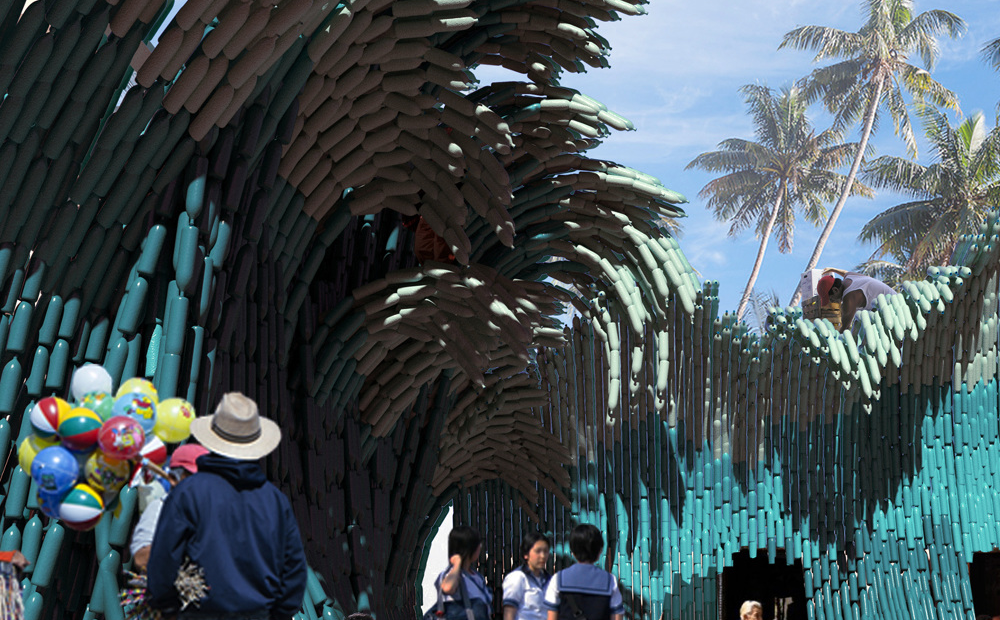
Counterintuitively, plastic products are essential for us to achieve the goal of sustainable development by the United Nations, for the environmental crisis is not just the pollution of the landscape by trash, but also the air and ocean pollution by generating electricity. During the production process, other alternative products like paper, metal, cotton, wood, and glass are all more expensive and consume greater energy than plastic products, which worsens pollution by generating electricity on products that can easily replace plastic with less electricity consumption. Though some have argued that the biodegradability of traditional materials will not cause long-term transformation in landscapes like plastic, energy consumption is still unignorable. Moreover, alternative materials like paper, wood, and cotton are too expensive and energy-consuming to produce than plastic products, while plastic maintains some extensively accessible recycling ability, alternative products often are expensive and have high requirements for the cleanliness of the recycled materials. For instance, in disposable utensil products, plastic products can be easily cleaned and reused or recycled, while paper cups, bowls, and plates are difficult to separate from food waste, and the extraction of usable recycled paper quality always dramatically worsens. In comparison, plastic-made utensils are more durable and recyclable, and products like PET bottles used in UMA’s façade can even achieve 100% recyclability in food-grade quality with the technology developed by the Taiwanese plastic industry, making the quality of recycled PET indistinguishable from raw plastic materials. Thus, solely indicating plastic as the evil of the world that devours our planet is an irresponsible and naive accusation that neglects the complexity of the environmental crisis and its impact on the global economy and our society.
The Meaningful Design—Urge for Actions
The UMA team thoughtfully designed the façade, giving the art piece the expectation to alert the locals and public to the dangers of artificial waste and the potential strike back from nature, if we keep turning a blind eye to the ongoing crisis in our ecosystem. They interestingly selected a town in Mexico as the location for this façade, a country where waste scattered on the miles of beach and fields are common. As if they wish to start a “new wave” that delivers the urge for action and solution regarding this part of the crisis, otherwise, nature will be the wave that makes us taste our own medicine.
The environmental crisis is an old and continuous issue that we have yet to resolve, the potential Apocalypto result or just a major landscape transformation is the horrific outcome of this crisis. However, many of us seem to have forgotten or neglected the significance of the destruction of our ecosystem, because of more pressing issues like the pandemic, poverty, and conflicts between nations. The UMA team masterfully reintroduced the environmental issues back to the public eye, alerting that this is now the pressing issue we have constantly run away from.
By constructing a wave design façade with plastic waste, UMA symbolically indicates that when a wave turns into a tsunami, there’s no escape for anyone. Moreover, the idea of saving the earth and using plastic should not and will not be a picked one of two questions, as plastic products are actually a great supporter to reduce energy and resource consumption. The real change that is so urgently required in our society is a change in the toxic concept of overconsumption and unnecessary disposable products that haunted our system for decades.
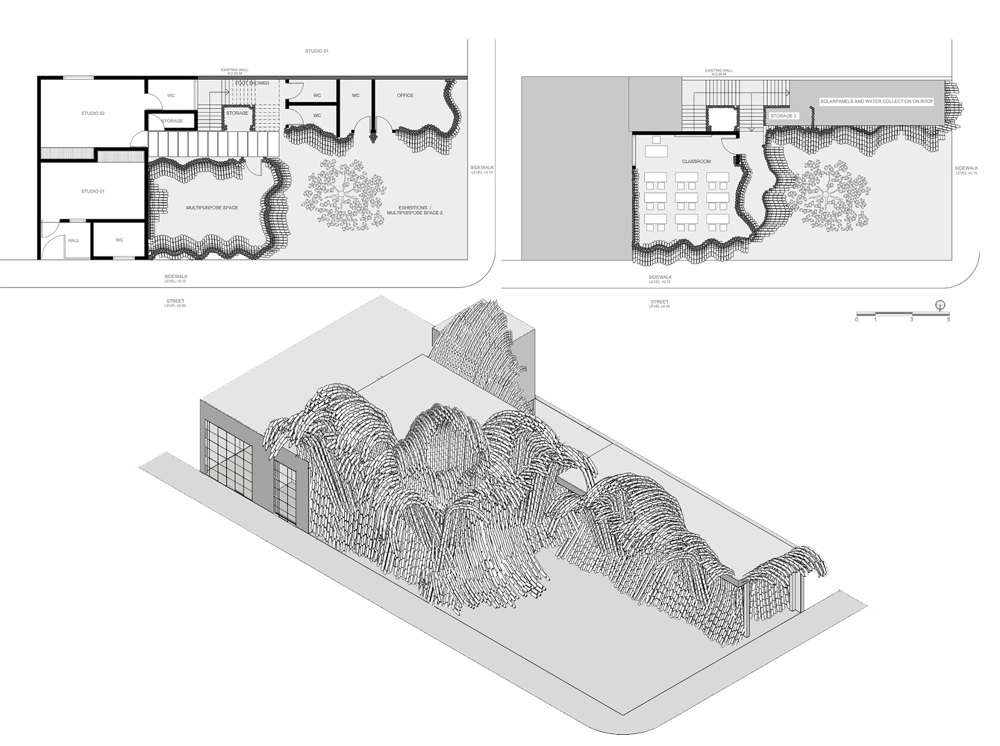
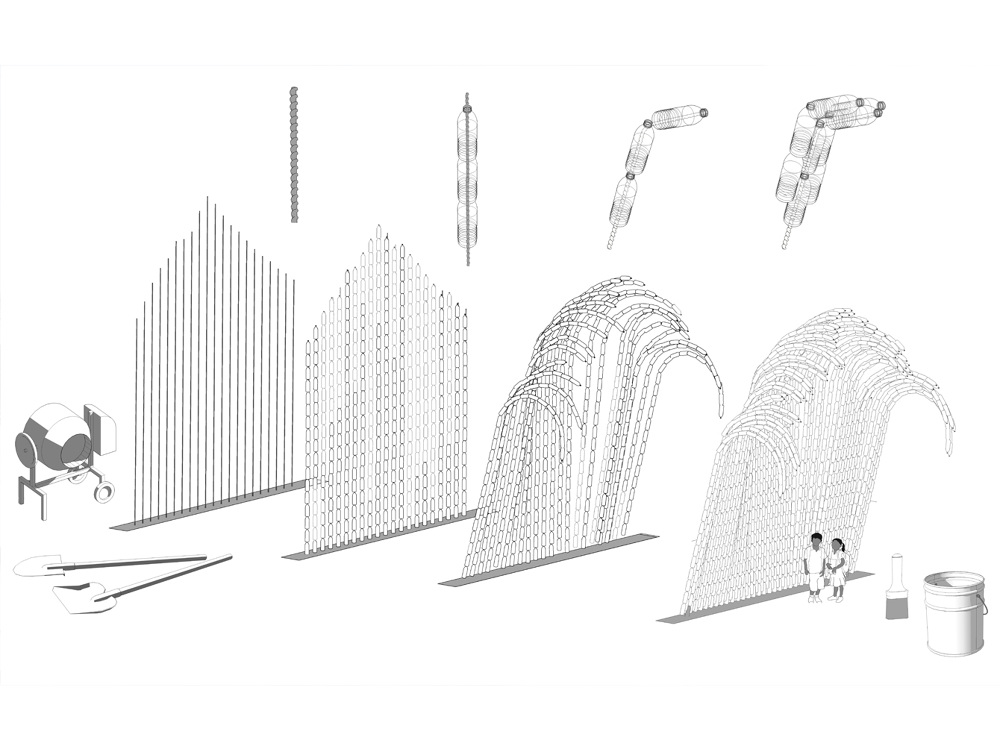
All Images by UMA
via designboom



